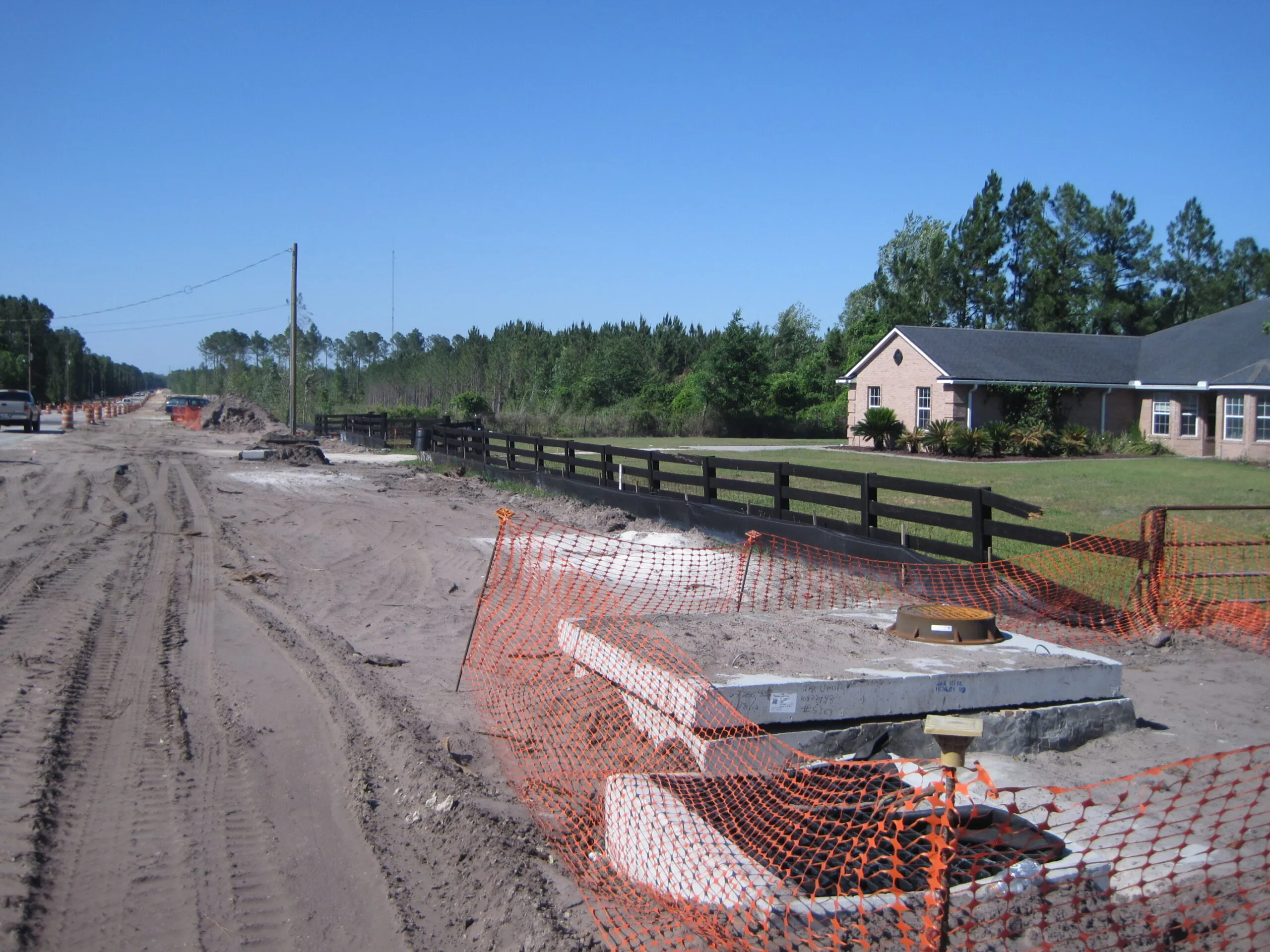
Many property or business owners are contacted by a government or utility condemnor with an offer to purchase their property under a threat of condemnation without any background knowledge concerning the power of eminent domain held by state and local governments (and delegated to some private utilities). Their first question to us is often “what is eminent domain?”
Eminent domain is the sovereign power held by governments to take privately owned property which is reasonably necessary for a public purpose. It has traditionally been used to provide roads, bridges, schools and utilities (many states, such as Florida, delegate the state power of eminent domain to certain utilities. See Florida Statutes Chapter 361). Modern jurisprudence has sought to expand such power. Florida Statutes Chapters 73 and 74 lay the statutory framework for condemnation in Florida. We reference these statutes as Florida’s Eminent Domain Code. Both the statute, and the application of the statute by government agencies or other condemnors seeking to acquire private property, must conform to the protections afforded by both the Constitution of the State of Florida and the United States Constitution. Essentially, by social contract, both state and federal constitutions limit the sovereign power of eminent domain by (1) prohibiting takings that are not for public purpose and (2) requiring payment of just, or full, compensation when a taking is for public purpose.
There are essentially two stages to an eminent domain proceeding. At the initial stage, if the condemnor can show public purpose and reasonable necessity, the court will authorize the use of the eminent domain to take the property. This is a question of law to be determined by a trial judge at a bench trial, following the filing of a lawsuit. The bench trial is commonly referred to as a hearing on “order of taking.” If an “order of taking” is entered, the second stage of an eminent domain proceeding is to determine the measure of just, or full, compensation to be paid to the property or business owner. If parties are not able to mediate a settlement beforehand, the measure of just, or full, compensation is decided by a 12-member jury trial.
This type of procedure is commonly referred to as a “quick” take. Under a “quick” take, the condemnor can take title and possession of the property at the front end of the eminent domain proceeding after entry of an “order of taking.” Such procedure follows Chapter 74, Florida Statute. Title and possession, however, do not vest until the condemnor makes a good faith deposit of its appraisal estimate. The owner may withdraw this initial deposit without any prejudice to claiming a greater amount of money as just, or full, compensation. The condemnor is committed to the taking once title and possession vest and cannot then abandon the taking.
A “slow” take, by contrast, requires that the jury trial on the measure of just, or full, compensation proceeds before the condemnor is able to take title and possession of the property. However, the condemnor is not committed to the taking, and may decide to abandon the taking if the jury verdict is more than the condemnor wants to pay.
In Florida, the attorneys’ fees and costs to defend against condemnation are part of the measure of full compensation. Such fees and costs are paid on top of, or in addition to, the amount determined for the property or business owner to receive for the property taken and any severance or business damages. This legal precedent in Florida was established in the 1950 case of Dade County v. Brigham by E.F.P. Brigham, Andrew Brigham’s grandfather. Thus, in Florida, a property or business owner has a level playing field in which to defend the owner’s property rights. The owner can be made whole, receiving the full measure of compensation for the taking, without it being diminished for the cost of defending a lawsuit that the owner did not ask for nor want in the first place.
